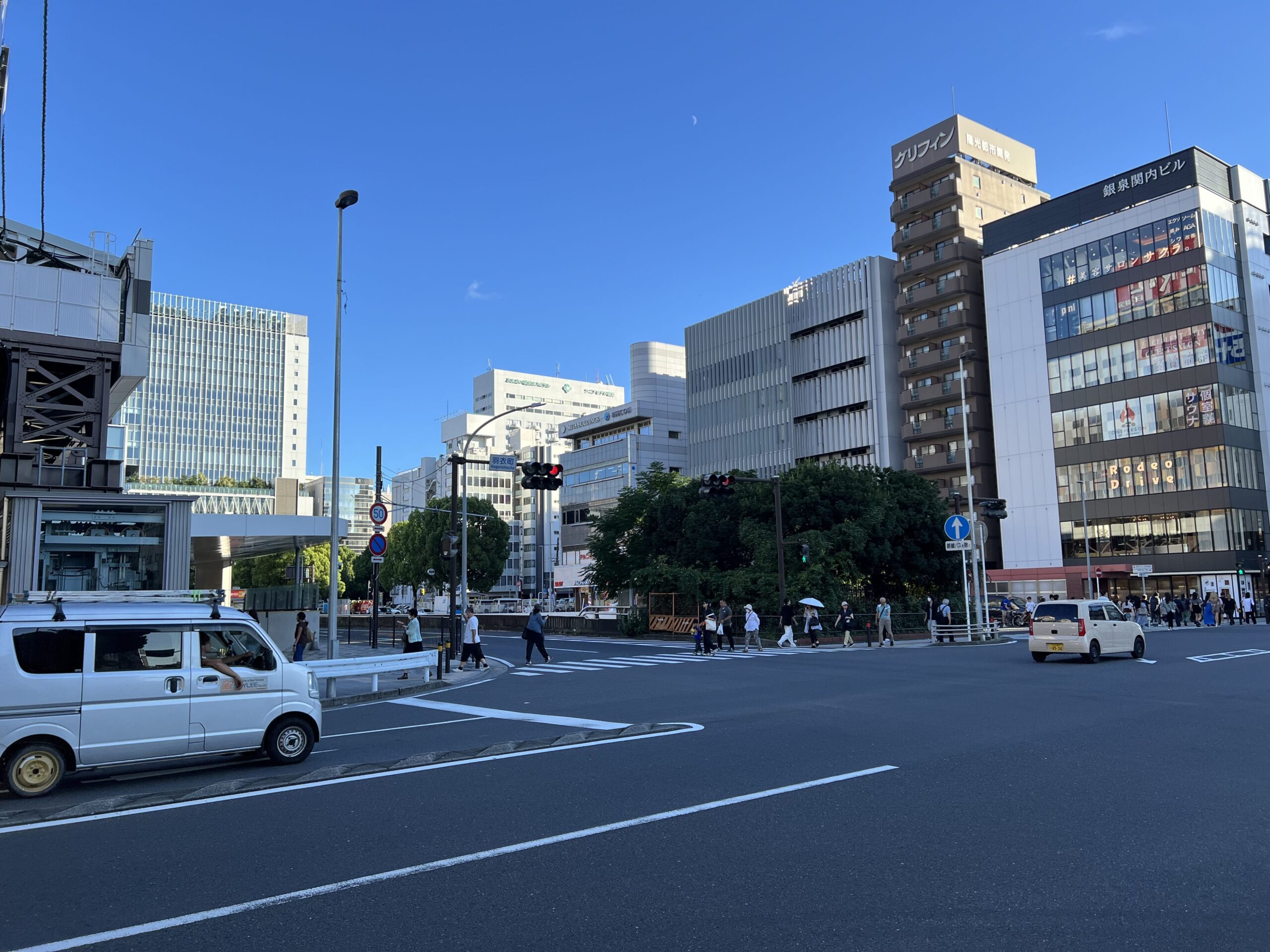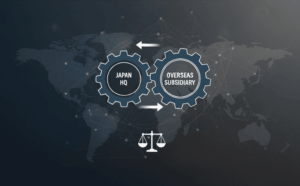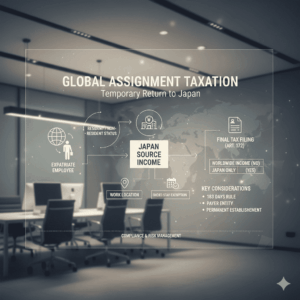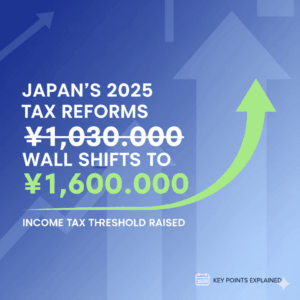Subject to consumption tax
Consumption tax is only applicable to the following three transactions:
- Transfer and lending of assets and provision of services carried out by business operators in Japan for compensation as part of their business.
- Specific purchasing
- Collection of foreign cargo from bonded areas (import transactions)
Please note that transactions conducted overseas and transactions that do not fall under the category of transfer of assets, etc. are not subject to tax.
tax-free transactions
“Tax-exempt transactions” that are not subject to consumption tax are specifically stipulated by law, and include many transactions with strong social and public elements. Examples of tax-exempt transactions include:
1 Land transfer, lending (excluding temporary matters), etc.
2 Transfer of securities, means of payment, etc.
3 Interest, guarantee fees, insurance premiums, etc.
4 Transfer of postage stamps, stamps, etc. at a specific location
5 Transfer of gift certificates, prepaid cards. 6 Administrative fees for resident record, family register extract, etc.
7 Foreign exchange, etc.
8 Social insurance medical care, etc.
9 Nursing care insurance services, social welfare services, etc.
10 Childbirth costs etc.
11 Burial fees/cremation fees
12 Transfer/loan of certain items for physically disabled persons, etc.
13 Certain school tuition fees, admission fees, entrance exam fees, facility equipment fees, etc.
14 Transfer of textbooks
15 Housing loans (excluding temporary ones)
Taxpayer for domestic transactions
1. business operator
This applies to corporations and sole proprietors doing business in Japan. Businesses are responsible for collecting consumption tax from customers on sales and filing tax returns with the tax office.
2.Businesses with taxable sales of over 10 million yen
Businesses with taxable sales of 10 million yen or less during the base period (the business year two years before the previous one for sole proprietorships, the business year two years before the previous one for corporations) during the tax period (calendar year for sole proprietorships, business year for corporations) are “tax-exempt business operators”. As such, they are exempted from paying consumption tax. However, you can also choose to have consumption tax imposed. Businesses whose taxable sales in the base period exceed 10 million yen are taxable persons (taxable business operators) for consumption tax. Even if the taxable sales in the base period is 10 million yen or less, if the taxable sales in a specific period exceeds 10 million yen, the company becomes a taxable entity for that taxable period.
In the case of a sole proprietorship, the specified period is the period from January 1st to June 30th of the previous year, and in the case of a corporation, the specified period is, in principle, the period starting from the start of the previous business year. It refers to the period of the month.
In addition, the determination of 10 million yen for a specific period can also be determined based on the total amount of salaries, etc. payments instead of taxable sales.
3. Tax exempt business operator
Unless the conditions for a specific period are met, taxable sales in the base period (calendar year for sole proprietorships, business year for corporations) during the base period (the business year two years before the previous one for sole proprietorships, the business year two previous years for corporations) is 10 million yen. Businesses that make less than 100,000 yen are exempt from paying consumption tax as “tax-exempt businesses.” However, you can also choose to have consumption tax imposed.
4. Base period
Base period for sole proprietors
Base period: The base period for a sole proprietor is the year two years before the taxable year.
Example: When determining consumption tax liability for 2024, sales in 2022 will be used as the standard.
Role of the base period: In principle, whether or not consumption tax needs to be paid in 2024 is determined based on whether taxable sales in the year before the previous year exceeded 10 million yen. (Strictly speaking, there is also a judgment based on the sales amount for a specific period.)
Corporation base period
For corporations, the base period is also the fiscal year two years prior to the current fiscal year. The sales during this base period determine the corporation’s consumption tax obligations.
Role of the base period: In principle, whether a corporation is liable for consumption tax is determined based on sales during the base period. (To be precise, there is also a judgment based on the sales amount for a specific period.)
Overview of consumption tax calculation method
1.Consumption tax calculation method: Basic taxation
The basic taxation method for consumption tax is to subtract the amount of consumption tax on purchases and expenses from the amount of consumption tax on sales. The deduction of consumption tax on purchases and expenses is called purchase tax credit. Certain conditions must be met in order to receive input tax credit.
Consumption tax consists of two elements: consumption tax on sales (sales tax amount) and consumption tax on purchases (purchase tax amount). Ultimately, businesses deduct the consumption tax on purchases from the consumption tax deposited on sales and pay the difference to the government.
The consumption tax that businesses receive when they sell products and services to customers is called the “sales tax amount.” This is calculated by multiplying the sales amount by the consumption tax rate (10% as of 2024).
As an example, if you sell a product with a tax-excluded price of 10 million yen:
If the consumption tax rate is 10%, the sales tax amount in this case is 1 million yen. This 1 million yen is consumption tax that businesses receive from customers and keep.
Next, the consumption tax paid by a business when purchasing goods or services is the “purchase tax amount.” Under general taxation, the consumption tax incurred on this purchase can be deducted from the tax amount.
For example, if a business purchases a product at a tax-excluded price of 5 million yen and pays consumption tax (10%):
This 500,000 yen is consumption tax paid by the business. This amount can be deducted from the consumption tax to be paid later.
The amount of consumption tax to be paid is the difference between the consumption tax amount on sales (sales tax amount) and the consumption tax amount on purchases (purchase tax amount).
As a specific example, if we calculate the amount of tax to be paid in the above case where the sales tax amount is 1 million yen and the purchase tax amount is 500,000 yen: 1 million yen – 500,000 yen ₌ 500,000 yen
This 500,000 yen is the amount of consumption tax that businesses must pay to the country.
Conditions for deduction: Preservation of books and invoices
In order to deduct purchase tax from sales tax, certain conditions must be met. Businesses must properly store the following two things:
• Ledger: A ledger that records transaction details, amounts, and dates.
• Eligible invoices: It is essential to save eligible invoices received from business partners.This invoice system is an important system for recognizing purchase tax credits, and is particularly based on the Qualified Invoice Storage System (Invoice System) that came into effect from October 2023.
2.Consumption tax calculation method: simple taxation
The simplified taxation system is a system that is applied to small and medium-sized businesses, and the procedures are simpler than the basic taxation system. Businesses with taxable sales of 50 million yen or less can choose this method. With simple taxation, consumption tax is calculated using the “deemed purchase rate” for each industry, rather than calculating it based on the actual purchase tax amount.
The deemed purchase rate varies by industry and is determined as follows:
- Type 1 business (wholesale trade): 90%
- Type 2 business (retail industry): 80%
- Type 3 business (manufacturing industry, construction industry, etc.): 70%
- Type 4 business (restaurant industry, etc.): 60%
- Type 5 business (service industry, etc.): 50%
- Type 6 business (real estate industry): 40%
Calculation method: Purchase deduction tax amount = consumption tax amount on sales × deemed purchase rate
From tax periods starting on or after October 1, 2024, foreign businesses that do not have a permanent establishment (PE) on the first day of the tax period will not be eligible for the simplified tax system.
3.Standards that can be selected for simplified taxation
To determine whether you can choose simplified taxation, the following criteria must first be met.
Only businesses with taxable sales of 50 million yen or less in the base period can choose the simplified tax system. The base period is the business year before the previous one for corporations, and the year before the previous one for sole proprietorships. This is explained in 4. Taxpayer for Domestic Transactions above.
Example) If you want to select simplified taxation in 2024, the base period must be 2022 (for corporations) or 2022 (for sole proprietorships) with taxable sales of 50 million yen or less.
If the sales amount in the base period exceeds 50 million yen, simplified taxation cannot be selected and the taxation method will be mandatory in principle.
4.Principle taxation, advantages and disadvantages
• merit
Since the amount of input tax actually paid can be fully deducted, it is advantageous for businesses with many expenses other than purchases and salaries.
Industries with high purchasing costs may be able to reduce their tax liability due to the larger deduction amount. You may be eligible for a refund of consumption tax if you have to pay consumption tax for the purchase of high-value fixed assets such as buildings, or if you have a large amount of export sales.
•Disadvantages
Bookkeeping is complicated, and all invoices and receipts must be stored and accurately managed, which increases the burden of administrative work.
5.Advantages and disadvantages of simple taxation
merit
It simplifies bookkeeping and invoice storage, and eliminates the need to calculate input taxes, reducing the burden of administrative work.
Since the purchase tax amount is calculated based on the “deemed purchase rate” for each industry, a certain amount of deduction is allowed even if the purchase is small. This is especially advantageous for industries that have little stock.
Disadvantages
If the amount of input tax actually incurred is small, the amount of tax paid may be higher than the amount paid using the principle tax method. Furthermore, even if you paid a large amount of consumption tax, such as on the purchase of fixed assets, the consumption tax must be paid due to the calculation formula and you will not be able to receive a refund of consumption tax.
Since the purchase tax deduction is based on the “deemed purchase rate,” it is disadvantageous for businesses that actually purchase a lot.
6.Selection flow
If you choose simplified taxation, you must submit a “Simplified Taxation System Selection Notification Form” to the tax office in advance. This notification must be submitted before the start of the fiscal year in which you wish to apply.
Once you select simplified taxation, you cannot change it for two years, so please consider carefully before making your selection.










